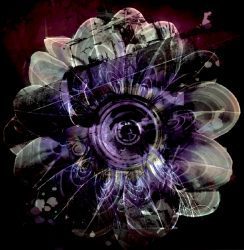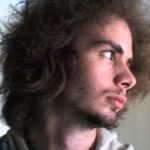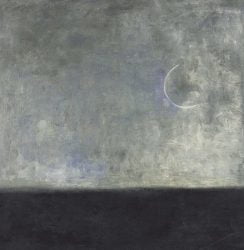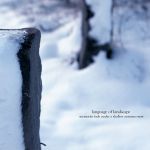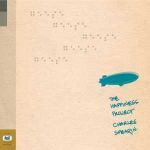Paul Sharma‘s Embers is a beautiful electronic composition based on the Indian midnight raga Malkauns, and thus is very suitable for midnight listening (The Raga Guide indicates Late Night: 12 – 3).
“Malkauns is a serious, meditative raga, and is developed mostly in the lower octave (mandra saptak) and in a slow tempo (vilambit laya).”
(Wikipedia)
On this version the vocals are more in the middle octave as that suits Rajesh’s voice, but there are instruments at the lower (and sub-lower) to compensate. The vocal piece starts with an alap (free or rhythmless tempo) and then a slow tempo vocal.
“It is a majestic and somewhat introverted pentatonic raga, which seems to have undergone quite a transformation over the centuries. Superstitious musicians describe it as a raga with supernatural powers, and some believe that it can attract evil spirits.”
(The Raga Guide)

